Why do I like Fate/Stay Night: Unlimited Bladeworks so much and why is everything else Fate-related questionable?
I’m cheating a bit with Fate/EXTELLA. I’m labeling it in three Tiers (1, 2 & 3). Why? Well because there are 3 parts of the game, none of them mesh, and all vary in terms of quality. What we’re looking at here is a Waifu/Warriors/Anime game. That’s not really a set of genres that are destined to fail by default, but suffice to say, those are 3 very distinguishable pieces of what makes up Extella, and they don’t mix. At all.
Waifu: Tier 3
They tried. They really did. Or at least… I think they tried. In Extella, your mind, body and soul are split into 3 pieces, which all end up married to one of three female protagonists. “Protagonists…” Let’s just call it as it is–they’re waifus. Each waifu hits a certain trope–you’ve got Nero/Saber waifu who hits the 7th grade level of romantic maturity of OUR LOVE IS THE BEST LOVE AND NO ONE ELSE’S LOVE IN THIS TIMELINE OR ANY OTHER TIMELINE THAT HAS OR HAS YET TO EXIST WILL BE BETTER, BECAUSE OUR LOVE IS THE GREATEST AND–
–you get the picture. Then you’ve got Fox-Mom, who is honestly probably the best out of the three. Tamamo Mae/Caster, who goes into what she calls “Harlot Mode.” She’s the “bad” one, who wants all the wine, all the fun and all the hedonistic pleasures of life. She’s pouty, she’s bombastic and more than a little needy at any given time. Don’t get me wrong–there are plenty of cringe-worthy scenes involving her, but at least I felt like her character was written in a much more straight-forward manner. Likewise, she probably had the happiest story line (more on that later).
Last is Altera/Saber, or Attila the Hun. She hits the hate/love/prisoner kink by being cold and ruthless, commanding you around… until you find her alter-ego who is kind, delicate and bashful. Oh, I should probably point out that the alter-ego is also the size of the Statue of Liberty, which does admittedly lead to some funny situations.
If I’m honest, Nero’s blandness excluded, learning about the 3 waifus, how they interact, how they solve problems and what they wanted out of a relationship was fun. There are some cute provocative situations (like using Altera’s alter-ego’s body as a water slide, or constantly getting interrupted with Tamamo just before the two of you can get your furry on) but…
but…
It’s just far too juvenile and fan-service-ey to be of any actual value. I could never really take any of the three waifus seriously. None of them come off as actual people (Tamamo being the closest because of her obvious flaws, but even still). To make matters worse, the “romance” itself is very soap-opera-esque, constantly teetering on the edge of being risque but never going over, knowing full-well that if they do, they lose all the false tension that they are building up. I mean… come on. You’re married to these women, so it’s not really that odd that you’d find yourself in situations of sexual compromise but the game keeps treating everything as if it’s taboo.
Likewise, there is no real interaction during any of the long, numerous, exhausting waifu scenes. Your only option is to just clip through the dialogue and every-so-often get to choose a dialogue response among two or three choices. Technically there’s a “Bond” ranking, whereupon if you get the level high enough you get additional romance scenes with the character, but it’s almost impossible not to level up the bond due to the game’s base mechanics (the bonds are also leveled up through combat).
I definitely would not recommend this as a waifu simulator to any but the most desperate of mouth-breathing man-children or sweaty-palmed teenagers. Even then, I probably wouldn’t recommend it to them on principle.
Warriors: Tier 2 if you’re a Fates fan, Tier 3 if you’re a Warriors fan
Oh, right, did I forget to mention that there’s a game in this game? Right, well there is but don’t get excited. It’s a Warriors clone.
If you don’t already know, a “Warriors” game is a genre that began with Koei-Tecmo that after a bit of development over the years has become a fully-recognized hack-and-slash genre. Called “Warriors” because the original gameplay came from the “Dynasty Warriors” games (which in turn came from the Romance of the Three Kingdoms games), there are some easily identifiable traits that make this subtype obvious. Here’s a few: you play as one character at a time on a battlefield, there are hundreds of weak, “fodder” enemies, you have a bar (or bars) that charge up to unleash special attacks, you need to conquer specific points on the map to own for your army and you have a KO counter.
For the most part, Warriors games are gratuitous. They are never really hard, but give you the sensation of being some kind of powerful warrior, racking up KO counts of literal thousands. “Bosses” are often more a practice of time-wasting rather than strategy with them generally standing around and letting you beat the crap out of them for a minute or two until they die. Your “specials” are often cutscene-like moves where you are invincible and deal massive damage. I’m not going to lie to you–the genre is kind of degenerate, and yet I’ve played thousands of hours of various Warriors games over the years. There’s just something appealing to me about learning about all of the characters, and memorizing their combos and moves (there were 77 characters in Dynasty Warriors 8 alone).
Regardless, Extella was not made nor licensed by Koei-Tecmo, and therefore is considered a clone at best. The camera angle is shoddy, the movement feels floaty, the combat system is basic even for a Warriors game, and there’s not a lot of distinction between any of the characters.
One change I did like, was instead of traveling from “guard base” to “guard base” (called “Sectors” in Extella), you instead jump through circuits which immediately transport you to the next point of interest. This basically cut out all of the wandering from one location to another that is found in Warriors games, which makes Extella a bit more streamlined.
Other than that though, there is no meaningful addition that Extella made to the Warriors franchise, and even then, it’s a sub-par recreation of the genre at best. It’s clear they chose this method of gameplay because it’s already proven to be a tried-and-true success, the game has an extremely low level of entry skill-wise, and it makes the ignorant who are not cognizant of how meaningless the 10,000 KO count is feel as if they are powerful.
Altogether, it’s still playable, and if you like the Fates series, it’s really fun to see and play as some of your favorite characters. If you’re not approaching it from that angle though, you’re probably better off playing a different warriors game.
Anime: Tier 1
In spite of all the cheap tricks and cloned game mechanics, I willingly kept coming back to the game, just to see how the story played out. Now, please understand, this is a low Tier 1. This isn’t the story to end all stories, and you’re not going to be deeply moved by the plot.
That being said, Extella does have your standard overall “good” anime plot. (Spoilers warning)
True to the old-school Warriors games, you learn more and more of the story the more characters you play. What makes this fun, is you get to see everything from their point of view, and fill in all the gaps that were missing during your previews playthroughs. Things that at first were confusing and seemingly coming out of nowhere in playthrough 1 or 2, suddenly make perfect sense in playthrough 3. Depending on where your morals lie, you might actually find yourself rooting for the team who was your mortal enemy in a previous life.
Extella essentially is a game about the end of the world. A monster named Velbur, travels through space and sustains itself by converting culture, art, progress etc. into mana, and thus sustaining its existence. 14,000 years ago, it visited earth and consumed all civilization in just such a way… or at least, it tried to. In fates, you eventually learn that it failed, but due to your typical confusing anime sub-plots within sub-plots, I’ll skip the explanation and just ask you to take my word for it.
Velbur breaks off pieces of itself (pieces of previous civilizations) to act as proxies. When the proxy is finished, it comes back and absorbs the proxy. The last proxy, 14,000 years ago failed, and got left on the Moon (Altera’s alter-ego). Now in the present, Velbur is flying through the Sol System again, looking to eat Earth. He’s been thwarted though because the proxy has been sealed away in the “Zero Dark,” a place where Velbur’s calls cannot reach her. However, that’s plot C.
Plot A is pretty basic–the three waifus (Nero, Tamamo Mae and Altera) are all battling for control of the “Regalia.” …I should probably mention the entire game takes place in a computer on the Moon called the “Moon Cell,” which is also where the Zero Dark exists in both a digital and physical sense (it’s… not really ever explained how this works). The Regalia can best be described as “Admin control” over the computer that runs the Moon Cell. Whoever owns all the pieces of the Regalia can shape the world to be whatever they want. They can usher in a new age of peace, debauchery, or in the case of Altera, break the jammer that’s preventing Velbur’s calls from reaching her.
The Regalia (totally by coincidence I’m sure…) take the form of three wedding rings. It’s the biggest self-insert-trip in the world; you essentially have three women all fighting over who gets to be married to you. This plot drives the overarching actions that allow all the characters to meet and ultimately drive their discovery of the deeper plots.
But let’s not forget Plot B–Archimedes. So–very sadly–this Fate game does not involve a Holy Grail War. This actually upset me quite a bit as I was hoping for a Grail War simulator, complete with getting to summon a servant and getting dropped into a game that was a fight to the death against 6 other contenders. Instead, it’s just about control of the Regalia, or in other words, control of the Moon Cell.
While not having any lines, the Moon Cell is sentient, and wants to protect itself, trying to manipulate events so that the Regalia falls into the right hands. Similar to the Grail Wars, it has the ability to regulate the Regalia Campaigns by summoning adjudicators from history’s greats. It reaches into the sea of human history for a CPU administrator, and receives the call by Greek mathematician, Archimedes. Unbeknownst to the Moon Cell, Archimedes was corrupted by Velbur during the process, and so acts acts as fourth party to the main 3. Arch’s wishes are to bring about the destruction of all things at any cost–even more-so than Altera, who by the end is revealed to be a remorseful tool of Velbur.
Largely unresolved (likely requiring me to play through all of the bonus content to get a straight answer) Archimedes introduces the sub-plot of an infinite number of possibilities in a finite world. Through him, we explore the idea that while there are an infinite number of ways that history can happen, existence itself only has so much room for them. Likewise, there are many choices which are simply more common to a variety of timelines, creating “trunks” and “branches” of a tree, as it is put.
In order to keep reality from imploding, it naturally trims certain branches of reality out of existence to make room for the main, broader paths. All 3 of the main stories actually take place on slightly different paths of reality, as you’ll soon notice that each story is slightly different. Archimedes has been slipping through all of them, trying to find one in which he can succeed at bringing back Velbur. At the end of the last main story, your character sends their memories back to a “Quantum Time Lock” (essentially the beginning of one of these main trunks) in the hopes of thwarting any attempt of Archimedes in any of the realities. Whether or not you succeeded is up to the player to decide.
Overall, I really enjoyed the plot the longer I played. Again, it’s not the best in the world, but it has that solid “Japanese/Anime” feel. I was really hoping that it was going to be revealed that Velbur was a necessary evil–that he was actually an agent of reality, moving through and consuming realities that had strayed too far from the main “trunk of the tree” in order preserve the bulk of realities, but sadly I don’t think there’s any evidence to support that theory.
There’s a whole slew of additional plot content that I’ll spend the next week or so going through. There are 17 characters, and sans the main 3, 14 of them have “side-stories” that you can play through to get additional content. Additionally, the main 3 stories have secondary playthroughs that reveal additional parts of the plot as well.
So there you have it–if you want a game with a somewhat interesting plot and you’re interested in wading through all the refuse to get to it, then give this game a try. If you’re a fan of the Warriors games, maybe you’ll like this one–although I’d only recommend it if you’re desperate. If you want a waifu game… well… I can’t actually help you as I don’t know that many. I would say that you might want to find a different one–but then again, I don’t know. Maybe all waifu games are like this, and this is actually what appeals to the demographic.
At any rate, I’m still waiting for my Holy Grail Simulation game! Come on man! It could even be multiplayer PvP! Hah, easier said than done.
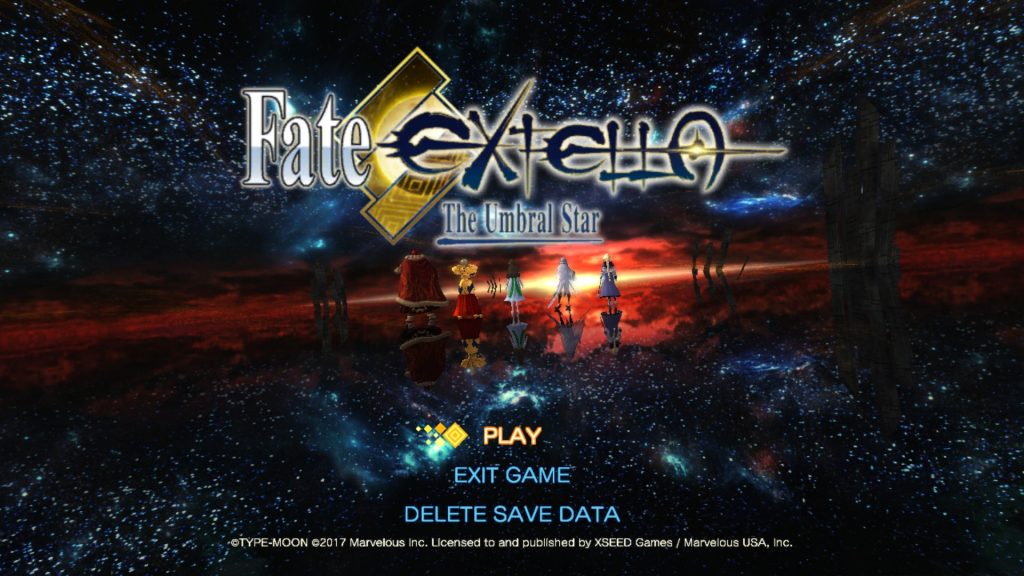
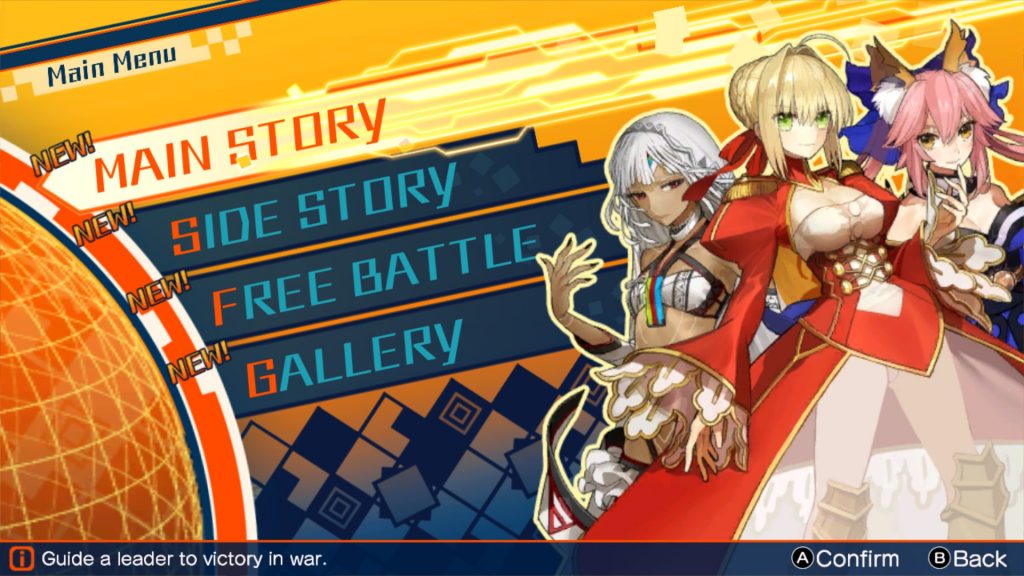
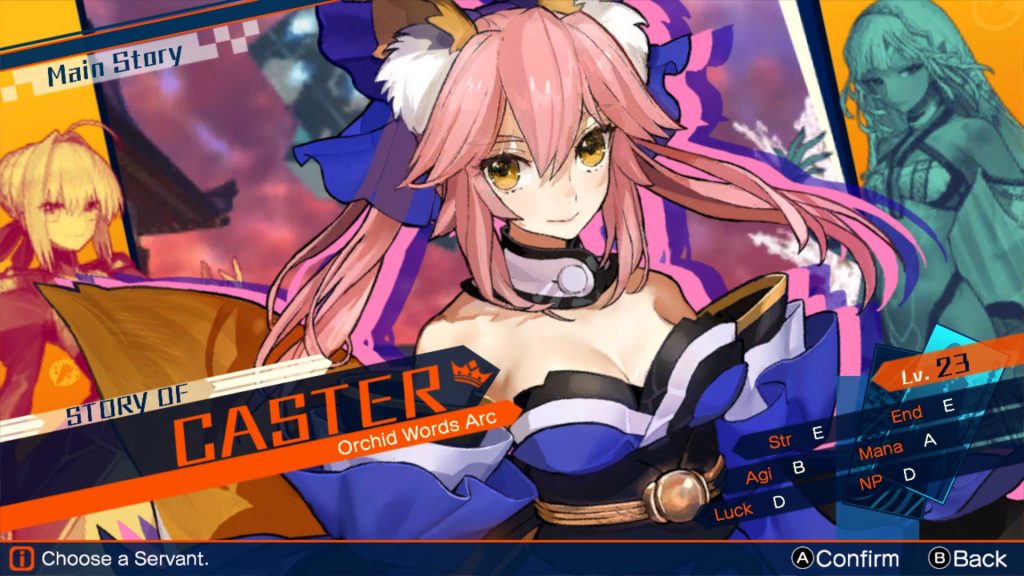
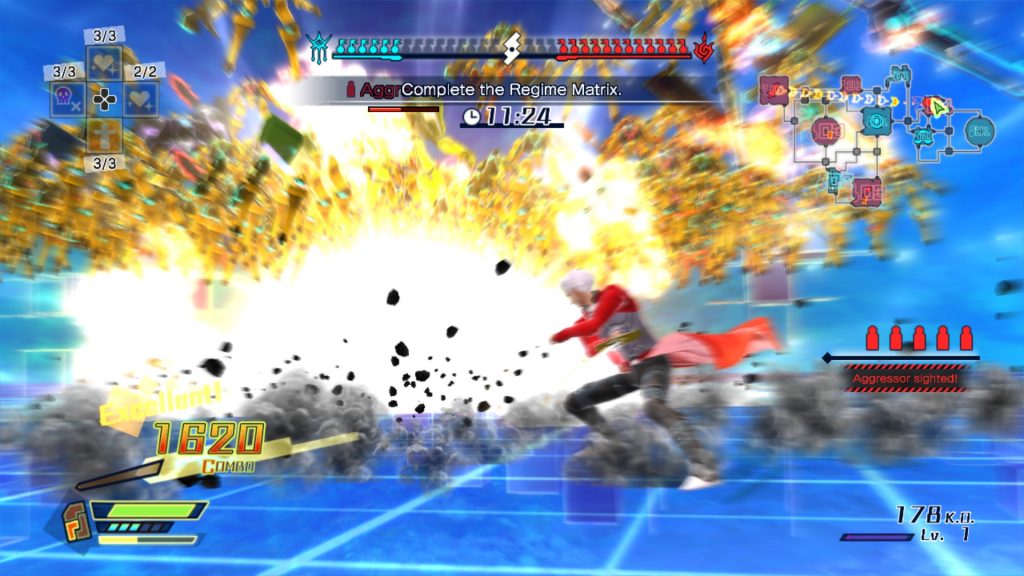
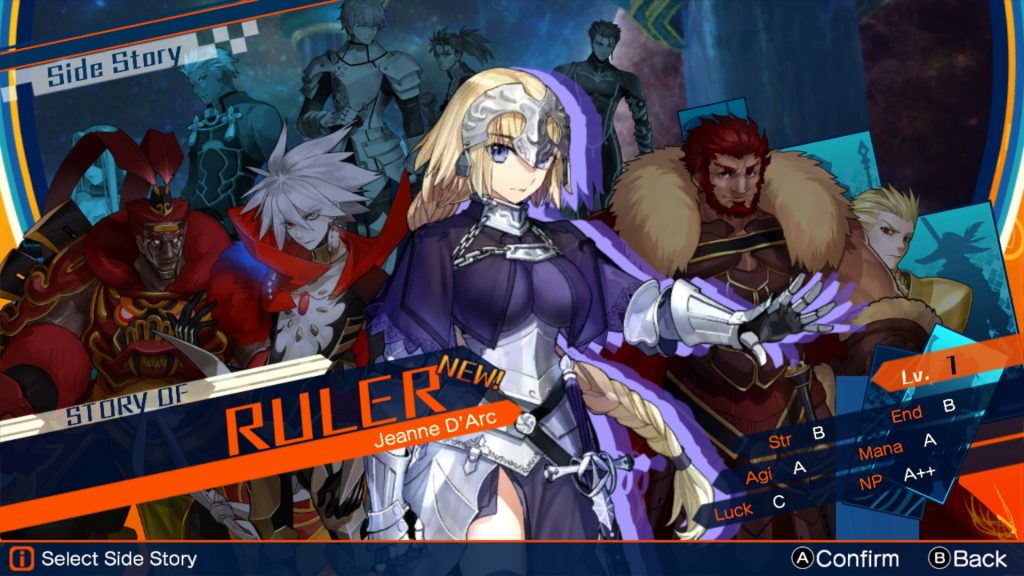
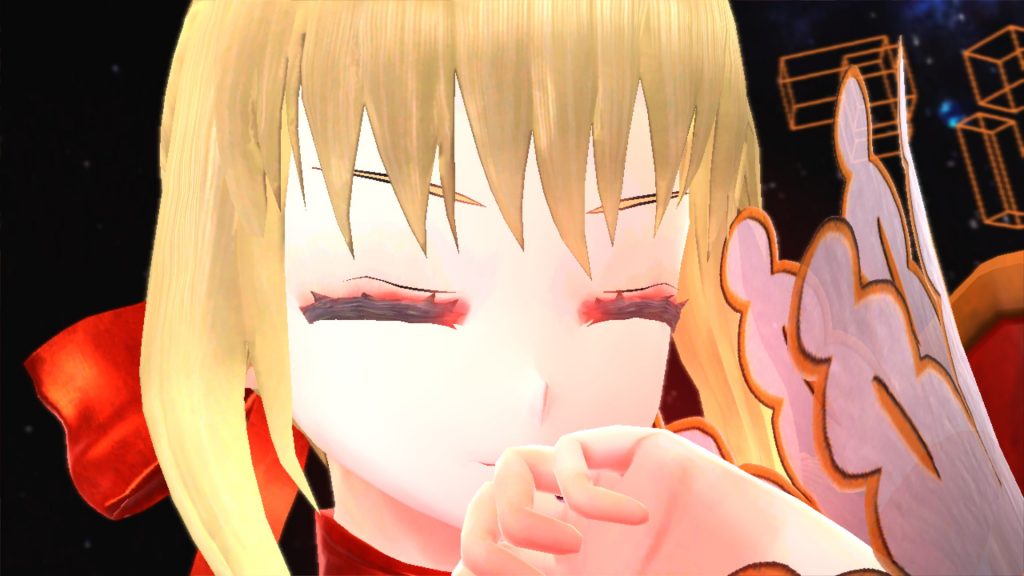
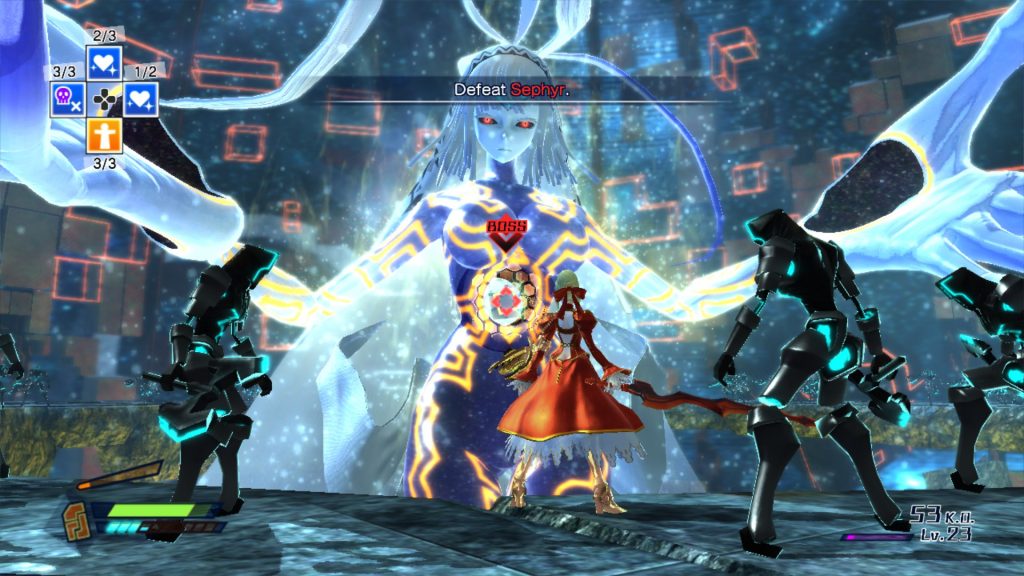
And I thought the plot of Penguindrum was crazy. I’m convinced there’s some sort of secret society in Japan that has a bet to make a plot so outlandish people wouldn’t go for it, but people kept buying the manga/anime/games so now they’re just doing it as a cry for help.